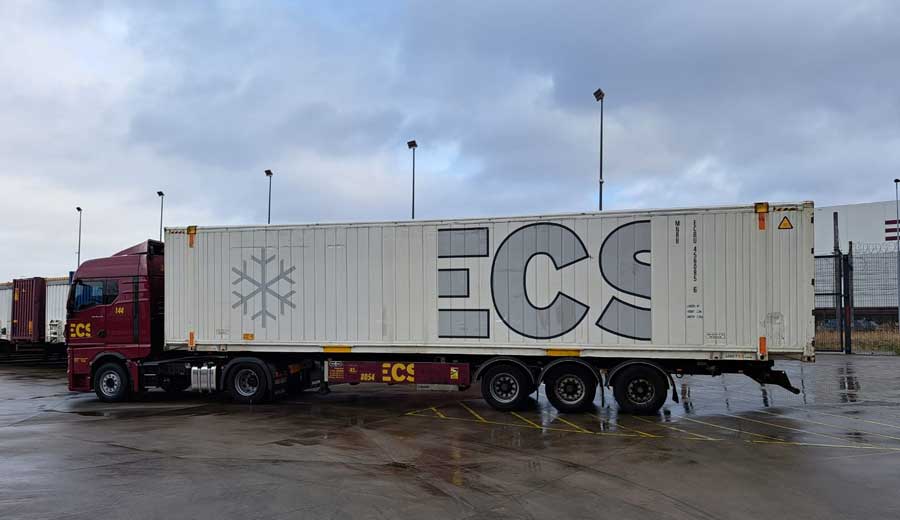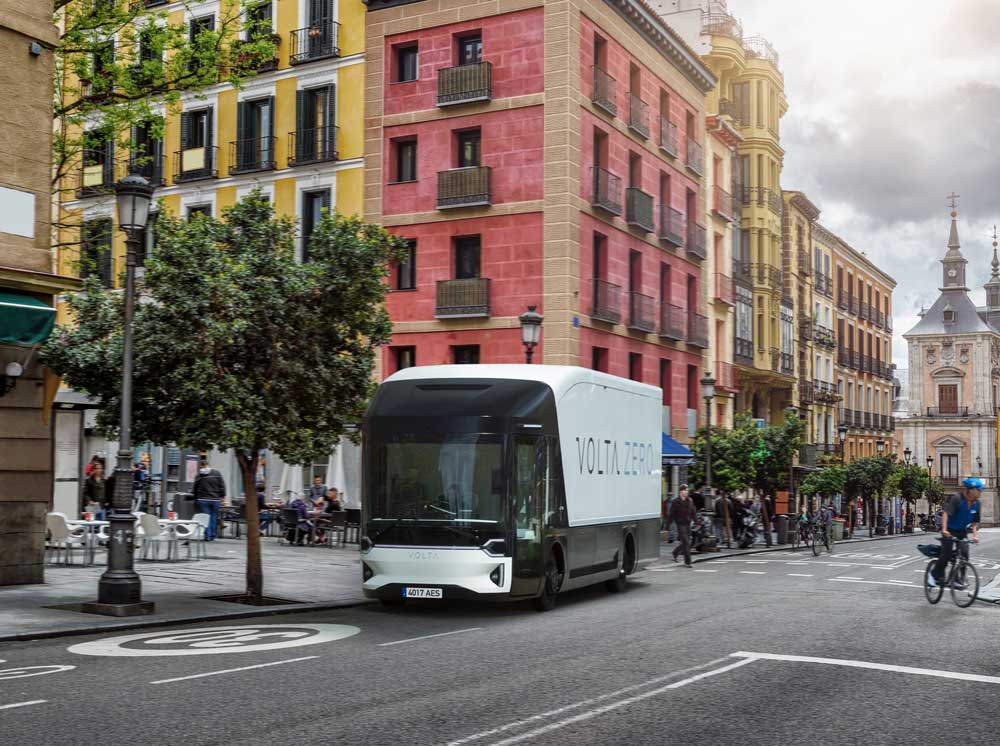Established in May 2022, Scania Ventures has an entrepreneurial mission to explore and commercialise new business models that lie beyond Scania’s core capabilities, as the company positions itself for the future transport system. “I think I have one of the most exciting jobs in the industry!” says Cindi Lindsborg, Head of Scania Ventures.
Over its 130-year history, much of Scania’s successhas been down to the tremendous innovation in its core business. From industry-leading trucks, buses and engines to more recent advances in electric vehicles, the consistent brilliance of Scania’s research and development has been one of the key elements that’s helped the company become the world-class transport industry operator it is today.
But if Scania is to maintain that strong standing in the years ahead, it also needs to look outside itself and develop ideas that come from beyond its walls, at a time when technologies such as artificial intelligence, digitalisation and autonomous transport are disrupting the way we deliver transport and logistics services.
Scania Ventures, part of the Mobility Solutions unit, was set up to help position Scania for the future transport ecosystem by identifying and commercialising new businesses based on business models and emerging technologies that lie outside the current core. It will do so by sharpening business innovation capabilities to build scalable ventures that will become future key businesses and create future profit pools for Scania.
“Scania Ventures has been set up to complement our core development with an outside-in perspective. If we are driving the shift towards a sustainable transport system, then it’s essential to look beyond the vehicle itself. To make an even deeper impact, we need to explore other services with which we can contribute towards the shift,” explains Cindi Lindsborg, who is the head of the new department.
“While it’s true that there are initiatives at Scania which have been looking at this perspective,” she adds, “there has never been an organisation with this dedicated assignment. But now we have one that has a key responsibility for developing ideas that are outwith the vehicle and can give these ideas room to grow. That’s a key change.”
Building a strong team in challenging times
Since the unit began its work, Cindi has been wearing several hats at once, building a Scania Ventures team, working to attract investment, setting out the strategy and mobilising teams for several newly identified venture opportunities.
“We need to build a really strong team in many different dimensions, including from the business-building perspective, external venture capital, technical skills, service design and business design. We need to bring in a lot of really sharp minds because building new businesses is one of the most complex things you can do.”
It’s especially challenging to recruit externally in these leaner, more uncertain times, when organisations everywhere, including Scania, have had to scale back such plans for the near future. But it’s also a challenge because Scania’s competitors (old and new) are not standing still. “Some of the talents that we need have not really seen Scania as a potential employer before. We now need to find these new types of talents from new industries and new skills bases,” Cindi explains.
The structure of Scania Ventures will see a core of several employees running the machinery of deciding what new business ventures to explore, where to add resources, how much to fund and for how long. Then the aim is to have a floating constellation of experts relating to whichever business idea is identified for development.
“We currently have six venture teams running, and I’d like to see two or three venture initiatives reaching the scale-up phase by the end of 2023,” says Cindi. “And, as we saw with the first Scania Growth Capital fund SGC1 making money to fund the second one, we want Scania Ventures to start with making a few businesses profitable and self-reliant, to then progress to investing in starting a few more, and then so on and so forth.”
An exciting prospect
There’s no doubt that the race to find new services and new technologies for the future transport system is highly competitive and very challenging, but Cindi Lindsborg is undaunted.
“Now, when we have the funding in place, we can also leverage upon the experience of Scania’s involvement in the Combient Foundry start-up collaboration initiative and Innovation Factory, so that we can quickly support teams working on new ideas and really accelerate our assignment. It means that we don’t have to start from scratch; there are loads of ideas, and we have the capacity to invest, to cooperate and to develop,” she adds.
For Gustaf Sundell, Executive Vice-President and Head of Mobility Solutions, Scania Ventures and Mobility Solutions as a whole can have a significant impact on the company’s market standing, too.
“In tougher times, a company evaluation is linked to not only its financial performance but also the growth projections that markets see. Mobility Solutions, of which Scania Ventures is part, can be one answer to that second aspect,” he explains.
“When we identify new businesses to invest in, we can help raise market confidence in our innovation, which allows better interest rates on our loans, and that benefits the financial situation of the whole company.”
It’s clear that Cindi Lindsborg and her team have a huge task in front of them, but she is ready and willing to embrace the challenge.
“There’s a lot to do,” she says, “but I think I have one of the most exciting jobs in the industry!”










